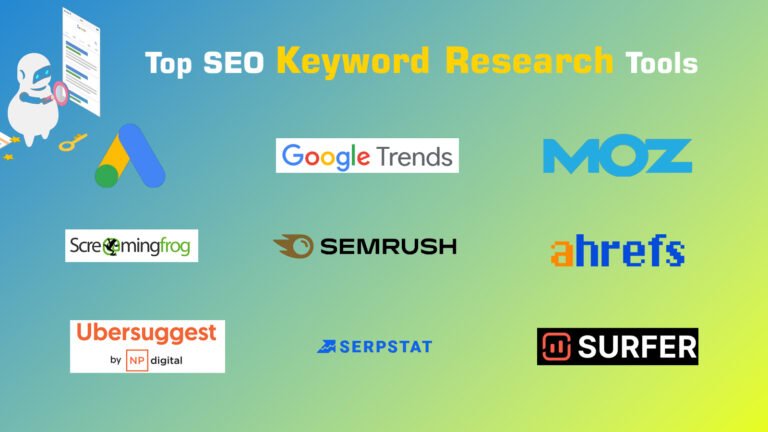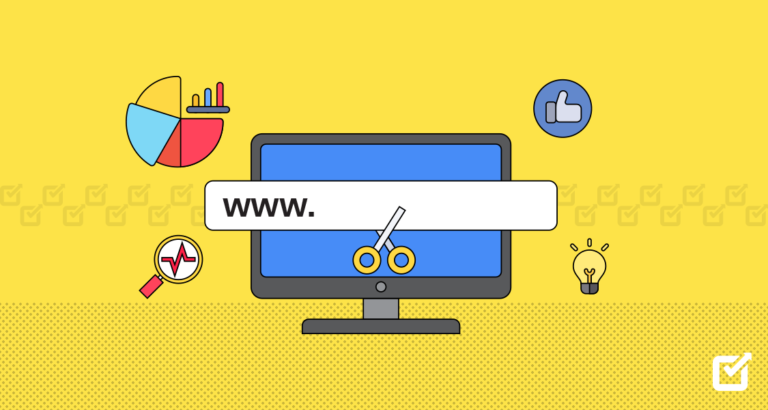The UK property market has seen incredible growth since the Covid -19 lockdown. The phrase ‘Race for Space’ completely captures what happened next. Buyers across the country suddenly wanted rooms for big houses, gardens and home offices. This massive change in buyer priorities increased the sale of the UK property, making it one of the most active markets in recent history.
But why did this really happen? And what does it mean to buyers, vendors and investors in 2025? In this article, we will break down the major drivers behind this post-lockdown boom, detect areas where the sales sky touches, and give you practical insight into navigating today’s UK Housing Market.
What Was the Lockdown ‘Race for Space’?
Why Did UK Property Sales Skyrocket After Lockdown?
When Britain first went to lockdown in March 2020, houses closed only places to sleep. They became offices, schools, a gym and playgrounds. Suddenly, the size and layout of your home matters more than ever. Gold dust became gold dust with additional rooms, gardens and outer spaces.
The centre of the city, once the UK’s heartbeat, was packing many inhabitants and going to the suburbs or rural areas. People wanted houses where they could work from a distance, entertain it safely and enjoy nature. This is a massive change in housing preferences that experts call the lockdown ‘race for space’.
1. Historically Low Mortgage Rates
One of the biggest reasons for the sale of Britain’s property was unprecedentedly low mortgage interest rates. The Bank of England cut the rates in a historical climb to cushion the economy. It made it cheaper to borrow, encouraging more people to buy houses or re -buy existing people.
Low rates increased the ability and promoted buyer’s confidence, especially for buyers who could struggle with the cost of high borrowing before the epidemic.
2. Stamp Duty Holiday Incentive
The UK government presented the stamp duty holiday from July 2020 to March 2021, temporarily increasing the threshold before paying taxes on purchasing their property to buyers. The move increased the demand, as the buyers ran to complete the transaction before the leave ended.
Result? Sales floods that increased property prices and activated the market.
3. New Work-from-Home Norms
Remote and hybrid working became the mainstream, how and where people want to live. When your commute falls in a few stages, the priorities change from staying close to the offices to the huge and comfortable being.
This change has placed a high demand for houses outside the crowded cities, which contributes to spikes in the sale of property in the suburbs and rural towns.
4. Supply Constraints and Increased Listings
Initially, many homeowners hesitated to sell during the uncertainty of the lockdown, creating a lack of supply. However, as the confidence returned, more sellers entered the market, leading to an increase in the available homes.
Despite the high listing, the demand was stronger by increasing sales and prices in popular areas.
Which Regions Saw the Biggest Surge in UK Property Sales?
Northern England: Manchester, Leeds, and Beyond
Northern England has been a hotspot in this post-lockdown property boom. Cities such as Manchester and Leeds offer relatively affordable prices, good job prospects and lifestyle benefits such as parks and cultural facilities.
Many buyers have shifted here from London and Southeast to enjoy large houses at low cost. It has registered an increase in the amount of sales in the area and the price of the house.
Scotland: Edinburgh and Glasgow’s Growing Appeal
The cities of Scotland, especially Edinburgh and Glasgow, have also seen a growing demand. The mixture of the city living with a quick access to nature appeals to buyers for post-lockdown.
Additionally, the incentive market of the Scotland government for affordable housing and green energy improvement is making the market even more attractive.
South East England and London Commuter Belt
Despite the ‘race for the race’ driving some people out of London, the areas within the distance remain in demand. Places like Surrey, Kent and Berkshire combine space with access to the London job market.
Better transport links and flexible working options have kept these areas popular, especially among professionals seeking work-life balance.
How Has the ‘Race for Space’ Impacted Property Prices?
The demand caused by the lockdown ‘race for space’ increased rapidly in the price of the house, especially in suburban and rural areas.
According to the UK House Price Index, average property prices increased by more than 10% in several areas between 2020 and 2023. While prices in London and Southeast remain high, the growth rate in northern cities and Scotland has overtaken the national average.
This price increase reflects both high demand and limited supply. However, as more households enter the market, experts estimate that the price increase will be moderate, giving a more balanced market to 2025 and beyond.
What Should Buyers Know in Today’s Market?
Be Ready to Move Fast
Good properties in desirable areas are still selling quickly. Buyers need to act fast and have finances in order to compete effectively.
Prioritize Flexibility and Space
Homes that can adapt to remote working, hobbies, and family life are highly prized. Look for properties with extra rooms, garden space, and good natural light.
Consider Affordability and Location
While many want space, affordability remains key. Explore emerging areas outside traditional hotspots for better value.
What Can Sellers Expect?
Strong Demand for Well-Priced Homes
Sellers with homes offering the features buyers want—space, good schools, outdoor areas—can expect high interest.
Be Realistic on Pricing
As more properties become available, realistic pricing is crucial to attract buyers quickly.
Highlight Home Office and Outdoor Spaces
Marketing your home’s workspace and garden can boost appeal.
Government Policies Shaping the Market
Stamp Duty Changes
While the stamp duty holiday ended, the government continues to review tax policies to balance affordability and market stability.
Help to Buy and First-Time Buyer Schemes
These schemes remain vital in helping new buyers enter the market, keeping sales healthy.
Green Home Incentives
With rising energy costs, government grants for energy-efficient home improvements are influencing buyer decisions.
Future Outlook: What’s Next for UK Property Sales?
Experts estimate that the UK property sales will be strong during 2025, but the probability of price hike will be slow. The balance between supply and demand is improving, and interest rates may increase, which can affect strength.
Buyers and vendors should monitor economic signs and market trends. Flexibility, research and professional advice will be important for successful property decision making.
FAQs About UK Property Sales Skyrocketing After Lockdown
Q1: After lockdown, Britain’s property sales caused the sky to touch?
A: Buyer priorities changes jointly to promote all the hostage rates, government incentives, and remote work.
Q2: Which UK regions of Britain benefited the most from ‘race for space’?
A: Northern England, Scotland and the South East Commuter Belt saw the biggest increase in property sales and prices.
Q3: Is it still a buyer market in 2025?
A: It is competitive but balanced. More houses are available, and the price increase is moderated, providing opportunities for buyers.
Q4: How to prepare their homes?
A: Emphasize home offices, gardens and flexible places. Actually work with value and experienced agents.
Q5: Will mortgage rates rise and affect sales?
A: Rates may increase, which could slow price growth and reduce affordability, but demand for space is expected to remain strong.
Conclusion
The UK property market’s post-lockdown boom is one of the most significant shifts in recent decades. The ‘race for space’ transformed buyer behavior, making room and lifestyle the top priorities. With low mortgage rates, government incentives, and evolving work habits, UK property sales skyrocketed and reshaped regional markets.
Whether you’re buying or selling, staying informed about market trends and focusing on flexibility and value will help you succeed in today’s dynamic property landscape.









